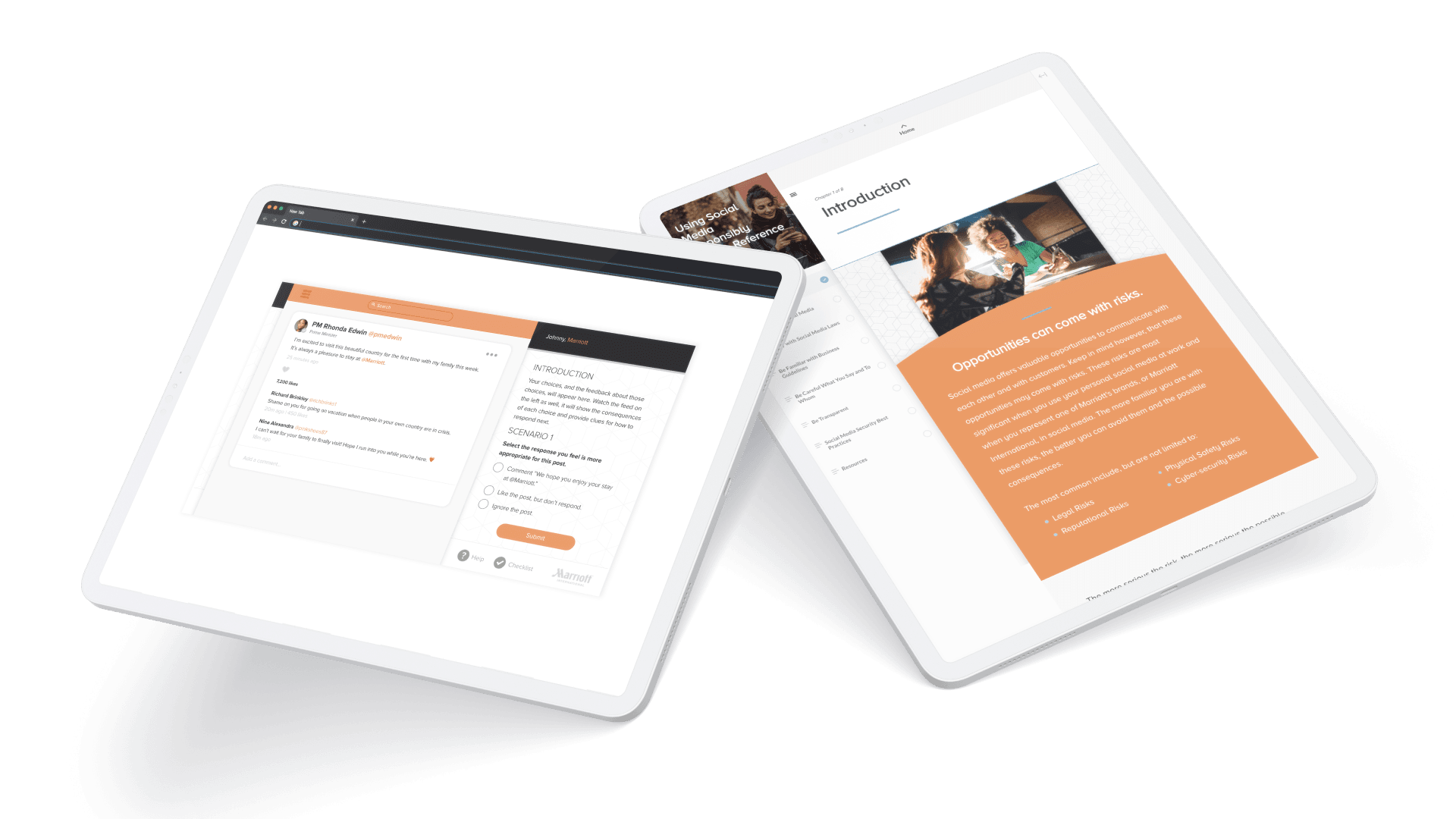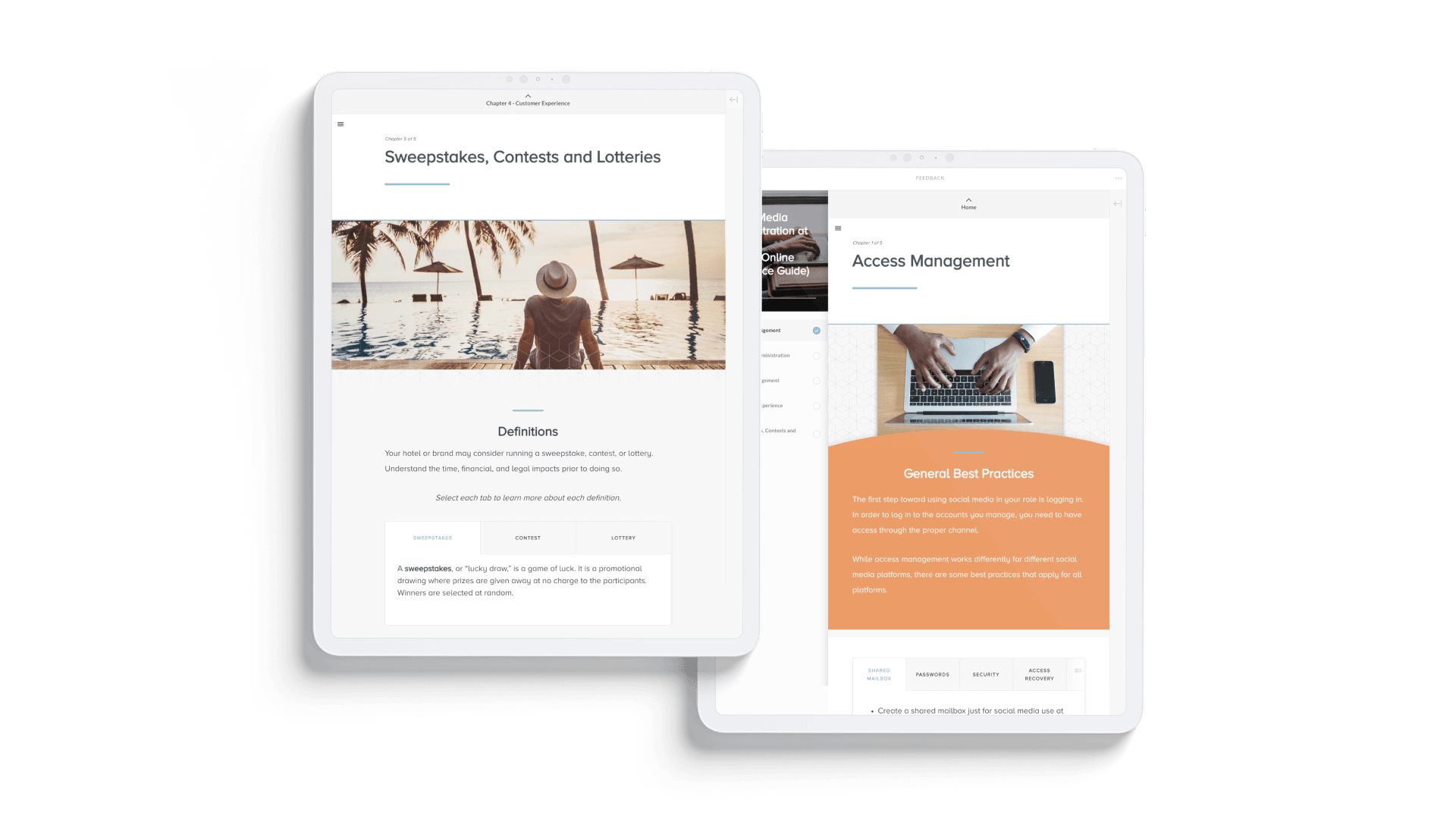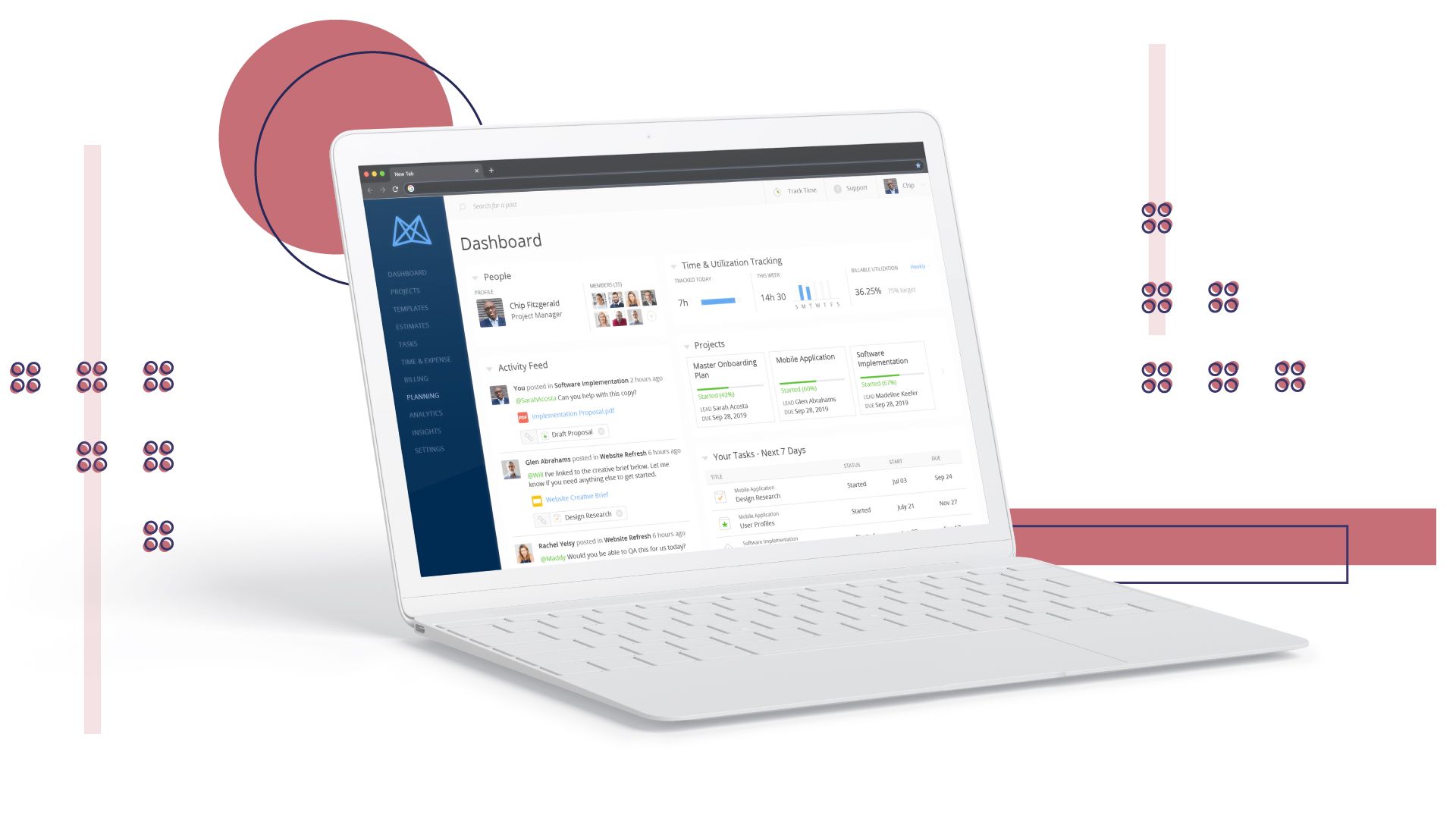High-quality project management is the key to successful projects. Whether your company is working with clients, designing a marketing campaign, or developing a new website, having a thorough and flexible project plan is sure to get you there. This is especially true when it comes to developing eLearning, a process that often involves multiple teams, longer timelines, and sometimes the help of outside organizations.
What are the key ingredients of successful project management for eLearning?
Clear communication is vital for successful project management. Before structuring, budgeting, and scheduling your eLearning development, you should start with a clear and concise understanding of the learners and company goals.
Successful eLearning starts with an understanding of your learners and company goals
Our project managers consider themselves part of the frontline along with our partners and account managers. We get personal from the start of the project in order to ensure a successful result for our partners and the learners.
Without a solid understanding of learner needs or company goals, the process of developing eLearning content will be a challenge. In our eLearning project with Marriott, we started with two steps: a series of interviews to gather insights for their social media compliance course and an on-site discovery session to discuss the findings for creative and content development. Our commitment to learning as much as possible upfront paid off—it made for a much smoother project and a happier client.

To kick off your eLearning project, gather together key decision makers and discuss project goals, ROI expectations, and the learner audience to build a strong foundation for content development.
Gather and develop high-quality eLearning source content
When working with a client for an eLearning project, we start by examining the source content and decide what kind of additional research will help us with development. Sometimes, the client has highly-detailed content to begin with and specific directives about how material can be presented.
For Marriot’s course development, we had a blank slate and were given the freedom to seek out subject matter experts, hearing perspectives from various roles throughout the company. Combining these results with the on-site discovery session gave us the inspiration we needed to outline, storyboard, and present the eLearning content before building it out.
Depending on the quality of source content you begin with, you will need to fill in by running surveys, conducting interviews, or even holding focus groups. The key here is to ensure that you have the necessary information before moving on to creative development, writing, or storyboarding.
Creative elements of eLearning projects should maintain brand integrity
From research to development, eLearning project management should ensure that everything from the written content to the design elements maintain company branding in a clear and consistent way.
This could look like using a color palette that compliments existing branding, maintaining a similar tone and style for written content, or implementing a graphic style that communicates your brand’s personality and values. Oftentimes, branding is developed alongside content, storyboards, and research in order to maintain cohesiveness. We took this approach with Marriott in order to maintain brand integrity throughout all of the courses.

Don’t be afraid to take chances and apply new designs and creative influence to your eLearning, but be sure that the story your content tells is consistent with your brand.
eLearning project management should leave room for potential changes and adjustments along the way
The world’s best project managers understand the importance of flexibility and the equally important skill of problem-solving. Projects seldom go exactly as planned; this is why successful projects start with understanding each phase from start to finish, building in flexibility and room for change when necessary.
In the early stages of mapping out your company’s eLearning project, take some time to assess potential roadblocks, adding in necessary resources and adjustments to either prevent or make those roadblocks a little smoother.
If the project involves an outside partner, set a meeting to discuss their workload and understand their constraints before scheduling milestones. If everything will be handled internally, make sure to meet with the point person on each team to make sure everyone’s on the same page. You can never be too prepared, and your newfound awareness will only aid your success.
Effective eLearning projects utilize technology to streamline
There are so many project management tools available today that are affordable, robust, and packed with features to help you meet deadlines, communicate with key decision makers, and problem-solve as you go. Two of our favorites for eLearning projects are Mavenlink and Articulate.
If your team has a larger-scale eLearning project on the horizon, consider implementing a project management tool, like Mavenlink, to simplify your process. We like using Mavenlink because the tool combines project management with resourcing to ensure that every aspect of your project is taken into account, whether staffing, budgeting, communication, or deadlines.

One resource we found helpful during our most recent project with Marriott was Articulate 360. Articulate’s eLearning apps are amazing and feature-packed, and Review 360 gave us a way to easily view feedback with corresponding snapshots throughout course development. This made the process of multiple review rounds much easier, and ultimately, the resource fostered a strong line of communication between us and our client.
Great projects are built on great communication
The factors of successful eLearning project management have communication in common. If nothing else, all companies should communicate often and well with team leads, subject matter experts, and key stakeholders to ensure deadlines are met and the resulting eLearning finds success in the world.
There are many reasons to invest in eLearning today. And with these project management tips in hand, perhaps your next project will go better than planned.
What tools do you use to manage process, workload, and schedules?
Better yet, how does your collaboration and communication look?
Let’s work together on people planning your next eLearning project→
